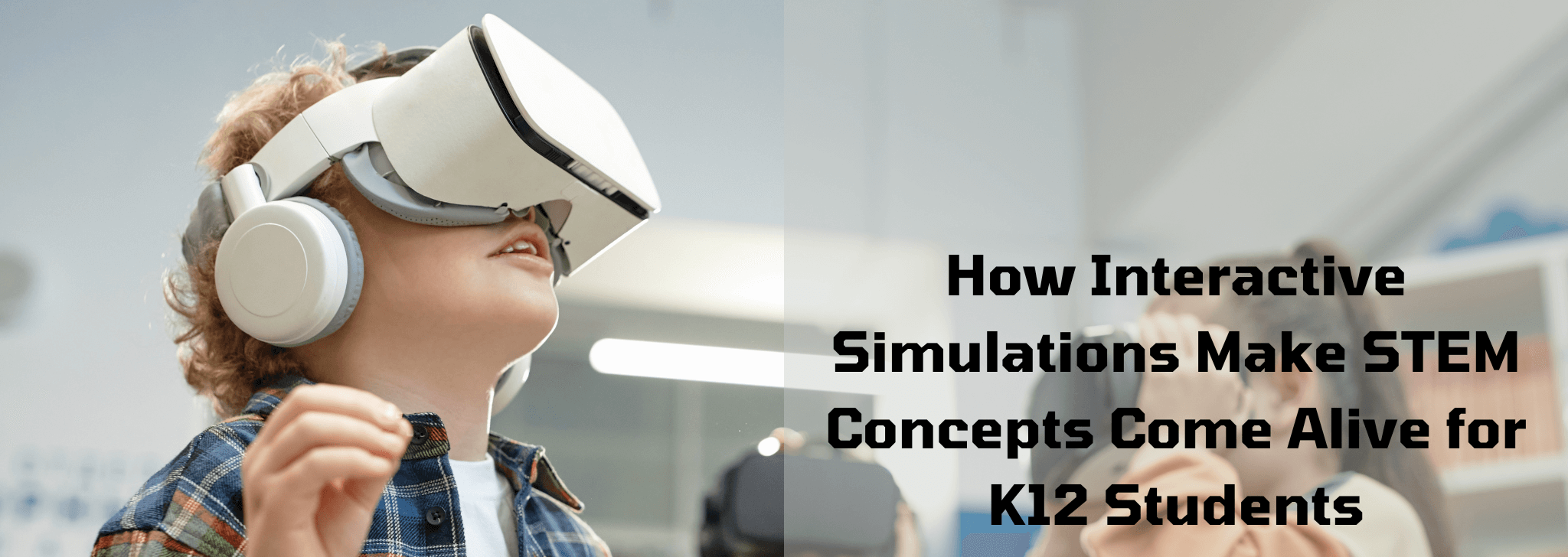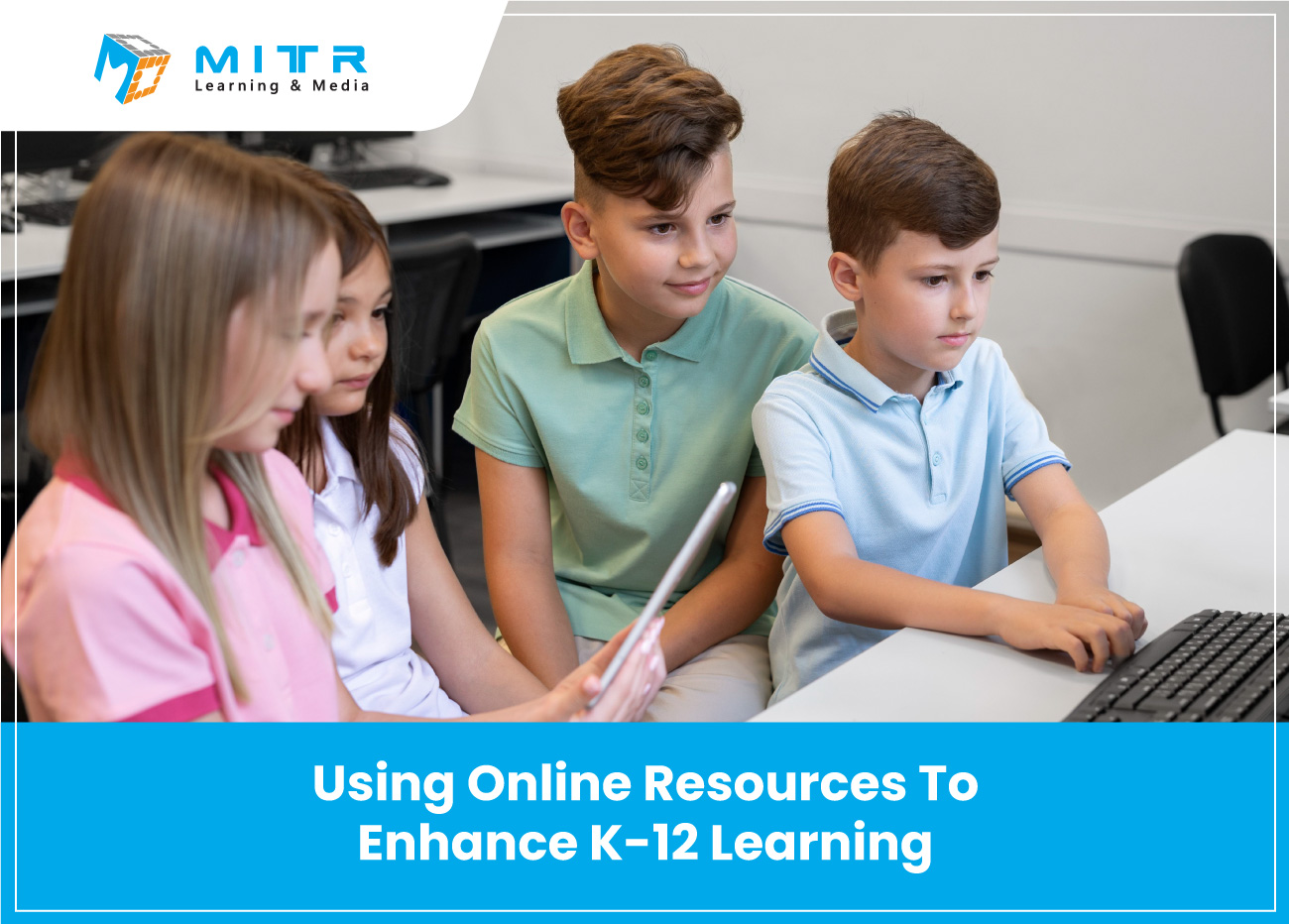How Interactive Simulations Make STEM Concepts Come Alive for K12 Students
Introduction
STEM (Science, Technology, Engineering, and Mathematics) education is essential for preparing students for the future. However, traditional teaching methods often struggle to make abstract STEM concepts engaging and easy to grasp. This is where interactive simulations step in, transforming the learning experience by providing hands-on, immersive opportunities that make complex ideas more accessible and exciting.
What Are Interactive Simulations?
Interactive simulations are digital tools that allow students to manipulate variables, conduct experiments, and visualize concepts in a virtual environment. These simulations replicate real-world scenarios, providing a safe and controlled setting for students to explore scientific principles, mathematical models, and engineering challenges.
The Benefits of Interactive Simulations in STEM Education
1. Enhancing Conceptual Understanding
Many STEM concepts are abstract and difficult to grasp through textbooks alone. Interactive simulations offer dynamic visualizations that break down complex ideas, helping students understand how they work in real-life applications.
2. Encouraging Hands-On Learning
Simulations provide a virtual lab environment where students can test hypotheses, change variables, and observe outcomes. This hands-on approach fosters deeper learning by encouraging active participation rather than passive memorization.
3. Increasing Student Engagement
Gamified elements, animations, and real-time feedback make learning more exciting. When students are actively engaged, they retain information better and develop a genuine interest in STEM subjects.
4. Providing a Safe and Cost-Effective Learning Environment
Traditional STEM experiments often require expensive equipment and materials, not to mention potential safety risks. Simulations eliminate these barriers by allowing students to conduct experiments virtually without the need for costly resources.
5. Supporting Differentiated Learning
Every student learns at their own pace. Interactive simulations allow learners to revisit concepts, adjust difficulty levels, and receive instant feedback, making it easier for teachers to tailor instruction to individual needs.
Examples of Interactive Simulations in STEM Education
1. PhET Interactive Simulations
Developed by the University of Colorado Boulder, PhET offers free, research-based simulations covering physics, chemistry, biology, earth science, and mathematics. Students can explore concepts like electricity, motion, and atomic structure in a fun and interactive way.
2. Gizmos by ExploreLearning
Gizmos provide interactive math and science simulations that align with curriculum standards. They help students visualize and experiment with everything from genetics and chemical reactions to probability and algebra.
3. NASA’s Virtual Reality and Simulation Tools
NASA offers immersive simulations that allow students to explore space missions, planetary science, and physics concepts. These tools bring real-world STEM applications into the classroom.
4. Labster Virtual Labs
Labster provides virtual laboratory simulations where students can conduct experiments in a realistic digital environment. These labs are particularly beneficial for schools with limited access to physical lab facilities.
5. Tinkercad and Coding Simulations
For engineering and technology-focused STEM education, Tinkercad helps students create 3D designs, while coding platforms like Scratch and Code.org offer interactive programming environments to build logical and computational thinking skills.
How Teachers Can Integrate Simulations into STEM Lessons
- Align with Curriculum Goals – Choose simulations that match the learning objectives of your STEM lessons to ensure they enhance rather than replace traditional instruction.
- Use Simulations for Inquiry-Based Learning – Encourage students to make predictions, test their ideas, and analyze results, fostering critical thinking and problem-solving skills.
- Combine with Hands-On Activities – Pair virtual simulations with real-world experiments to reinforce learning and bridge the gap between theory and practice.
- Leverage Data and Analytics – Many simulation tools provide tracking and analytics to assess student progress and identify areas where additional support is needed.
- Encourage Collaboration – Use group activities and discussions around simulations to enhance teamwork and communication skills.
The Future of STEM Learning with Interactive Simulations
As technology continues to evolve, interactive simulations are set to become even more advanced with the integration of artificial intelligence (AI), virtual reality (VR), and augmented reality (AR). These innovations will create even more immersive and personalized learning experiences, preparing students for the future of STEM careers.
Interactive simulations are revolutionizing STEM education by making learning more engaging, accessible, and effective. By incorporating these tools into the classroom, educators can help students develop a deeper understanding of STEM concepts, fostering a love for discovery and innovation. As we move toward a more digital and experiential approach to learning, interactive simulations will continue to play a crucial role in shaping the future of education.
- Debdut Pramanickhttps://www.mitrmedia.com/resources/blogs/author/debdutp/
- Debdut Pramanickhttps://www.mitrmedia.com/resources/blogs/author/debdutp/
- Debdut Pramanickhttps://www.mitrmedia.com/resources/blogs/author/debdutp/
- Debdut Pramanickhttps://www.mitrmedia.com/resources/blogs/author/debdutp/




